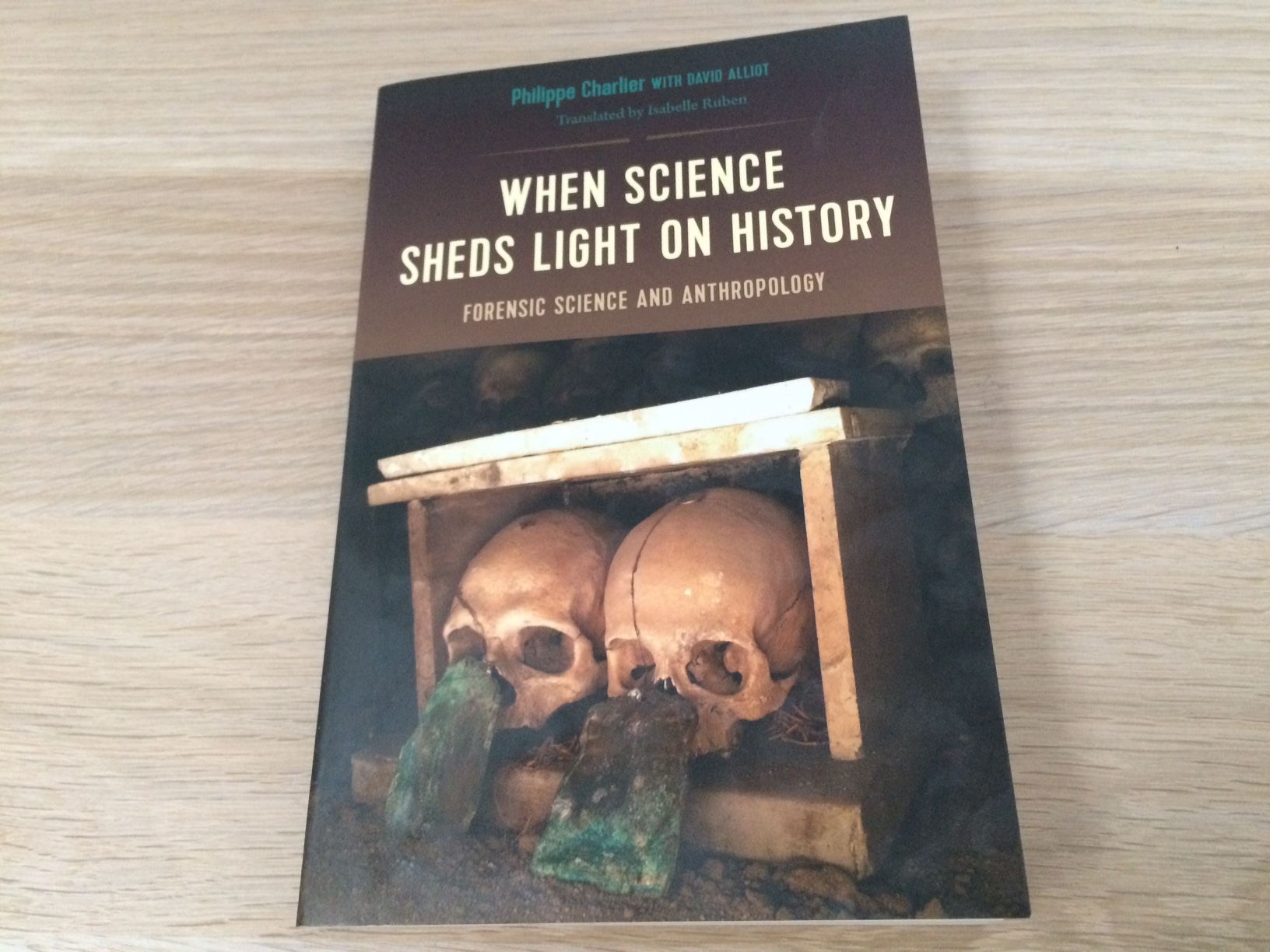<![CDATA[Dry in places and fascinating in others, this book is a series of scientific vignettes showing how forensic science can update our understanding of history. Author and forensic scientist Philippe Charlier brings us a series of 41 cases on which he has worked. Several of the shorter pieces describe research by the author, and are interesting but frustratingly brief. Other, longer topics have enough meat (sometimes literally) and narrative to be both fascinating and satisfying. It’s well written, and ably translated from the original French by Isabelle Ruben. The structure makes it easy to dip into and out of, although difficult to read for long in a single sitting. The topics range from the noble nature of prehistoric tribes (at least when it came to disabilities) to a discussion of “solidified putrefaction liquid” which may test the strength of the reader’s stomach. Indeed, they are broad enough to practically guarantee something will be of interest to those who are historically minded, and notably Charlier has worked on Robespierre’s death mask, putative remains of Joan of Arc and Henry II’s mistress Diane de Poitiers among others. Through Charlier makes a strong defence of interdisciplinary science as a tool of progress. If he also seems a little self-congratulatory at times… well, he has certainly got a lot to be congratulated about. When Science Sheds Light on History is available to buy now. ]]>
When Science Sheds Light on History – Book Review
